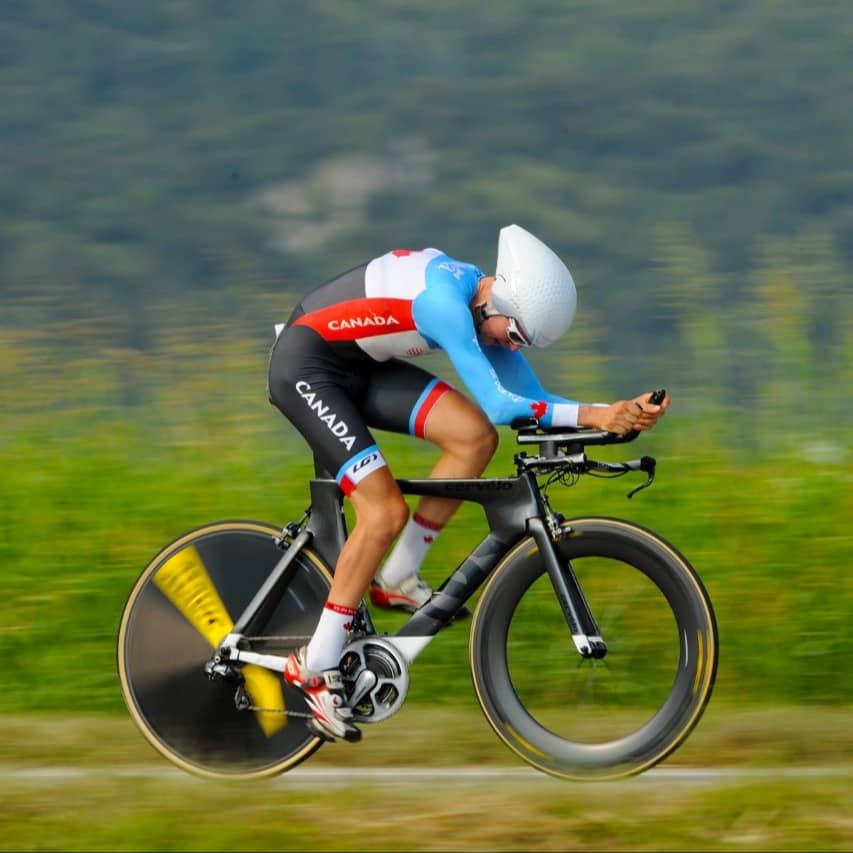Diagnosing REDs

There is no single definitive test to confirm whether some definitely has - or is at risk of developing - REDs.
This is because low energy availability can impact many systems in the body, and the signs can often be subtle. As athletes, we’re used to pushing past pain and through fatigue, so even when we recognise that something feels ‘off’, it can sometimes be difficult to take a voluntary step back without concrete evidence to support our instincts.
One objective way to help discover what's going on with your body is to 'ask' it, by looking at a range of biological markers (or biomarkers) - AKA anything that can be measured to assess your internal health. Each marker tells you something different about your cardiovascular, muscular, metabolic or nutritional status, and when combined into a full ‘profile’, this data becomes extremely valuable.
Such tests can help determine when we’re overtipping the balance by providing an accurate picture of how our training, nutrition and recovery is affecting our unique physiology. They can also play a crucial role in preventing problems arising in the first place. Hormonal biomarkers are a great example, since a healthy balance of sex hormones (e.g. testosterone and oestrogen) is an excellent indicator of our overall health. If test results indicate one or more marker is outside the normal range, it can flag a potential issue arising. Using this knowledge, we can minimise the risk of developing REDs.
One place to find strategic testing in the UK is via Forth - a tried and trusted screening site set up by leading REDs medical expert, Dr Nicky Keay. The REDs screen includes all the essential biomarkers to assess the likelihood of low energy availability. Results can be shared during an appointment with a REDs specialist, saving you time and money when it comes to getting the answers you need.
Female Athletes
Since female sex hormones vary over the menstrual cycle with personal timing, determining whether levels are within an optimal range is a little more complex. For female athletes who are having natural periods, artificial intelligence can be used to assess personal hormone fluctuations using Female Hormone Mapping. This can detect early warning signs of low energy availability on female hormones and be used as a monitoring tool to prevent periods stopping. Mapping female hormones is also useful for athletes recovering from REDs to assess return of female hormone function. For older masters athletes, this clinical tool can also help distinguish perimenopause from low energy availability. An article in the British Journal of Sports Medicine, “Hormone Intelligence for female athletes, dancers and exercisers”, explains this in more scientific detail here.
For those female athletes who aren't having regular periods, it is essential to establish why. Regardless of how much exercise you perform, periods are a crucial natural indicator of health. Some athletes are incorrectly and unhelpfully told that it is “normal not to have periods”, or that their blood test results are “normal”. However, it is never normal not to menstruate unless you are a child, pregnant or menopausal, which is why carrying out the right tests and having them assessed by a doctor with expertise in REDs is so essential.
You can read an article in the British Journal of Sports Medicine explaining, “What’s so good about menstrual cycles?” here.
Special thanks to Dr Nicky Keay and Forth